Ware's Hairsedge
Bulbostylis warei
Status: Vulnerable
Ware’s Hairsedge are perennial grass-like plants that can reach up to 20 inches in height. During their blooming period, their colors are often green and brown. Their fruiting period is from summer to early fall.
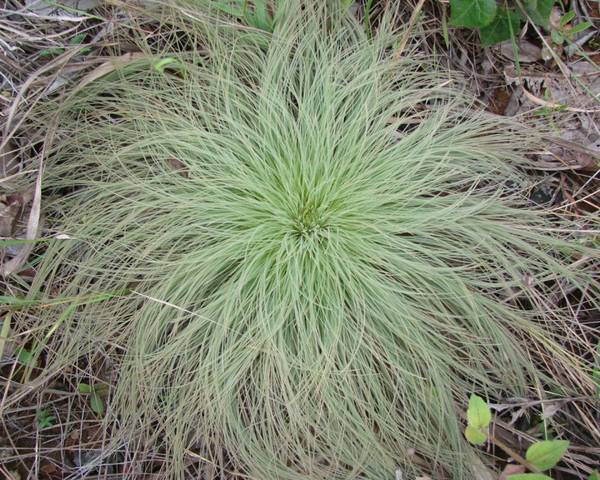
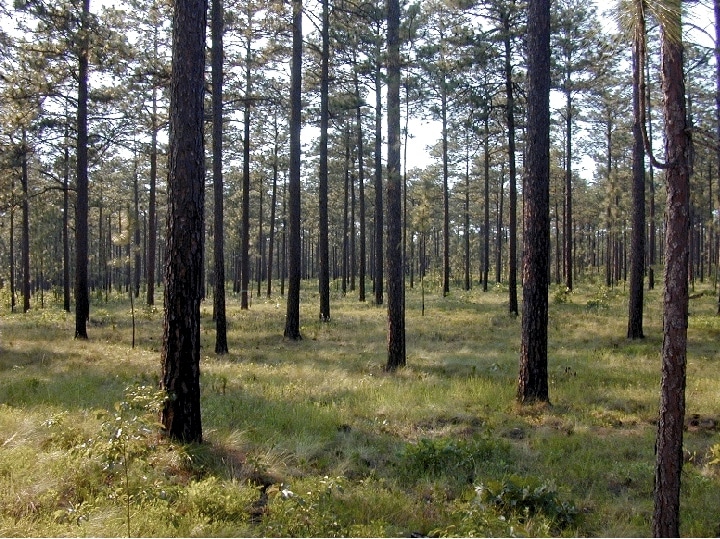
Habitat & Range
The Ware’s hairsedge has distribution in the southeastern areas of the U.S. in places such as Alabama, Florida, Georgia, Mississippi, North Carolina, and South Carolina. Their habitat is sandhills mostly in open pine forest or sandy areas.
Food Web & Energy Flow
Ware’s hairsegde are primary producers since they get their energy directly from the sun. In order for these plants to survive they require soil, water, and a lot of sunlight.
Relationship to Fire
To promote the growth of ware’s hairsedge, frequent fires are important for them. After a fire, nutrients are added back to the soil and many large plants are burned down making it easier for ware’s hairsedge to grow.
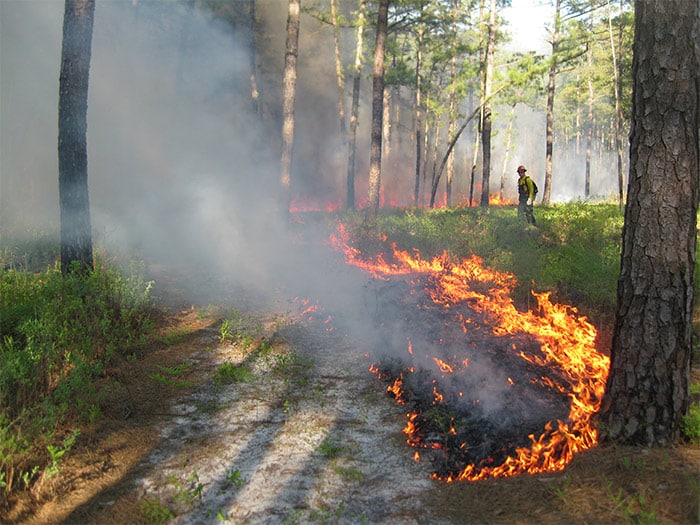
Conservation Status
Due to habitat destruction for land development, the ware’s hairsedge population has been declining over the years. The decrease of controlled fires has caused the understory to become overcrowded making it hard for these plants to receive direct sunlight. The ware’s hairsedge has an overall Vulnerable conservation status due to the negative human impacts.

Human Impacts/ Threats
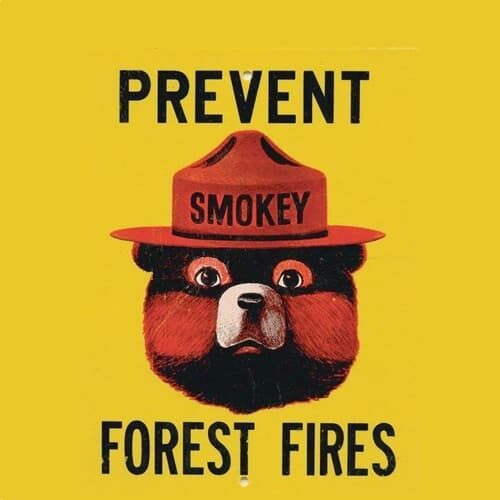
Fire Suppression
Many people think of fires in the forest as bad, so they work hard to prevent or suppress them. But longleaf forests NEED regular fire to support habitat for the species that live there!
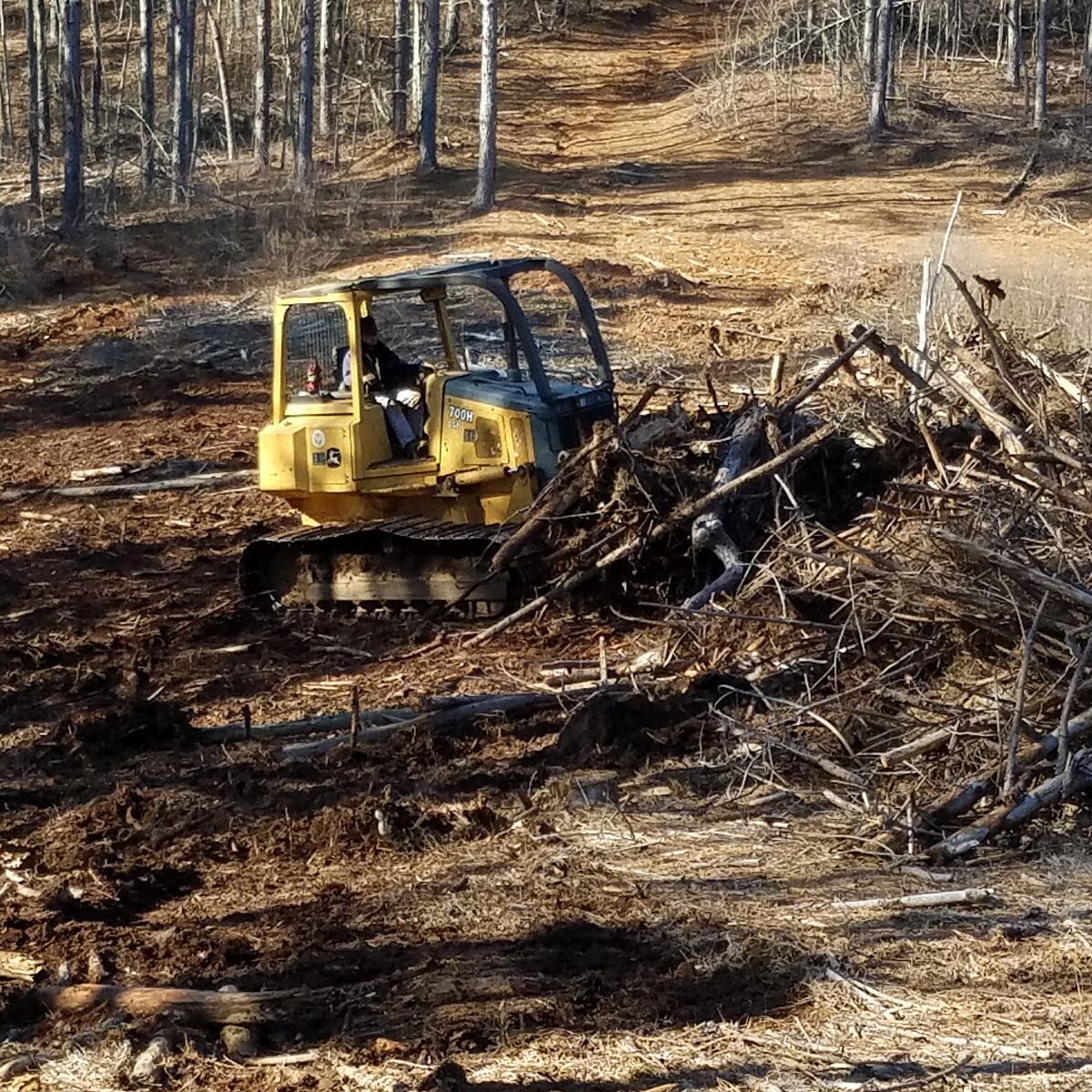
Land Use Conversion
Longleaf forests and the habitat it supports is being cleared or converted to use the land for other uses like houses, roads, agriculture, and even to grow different types of trees to sell.
